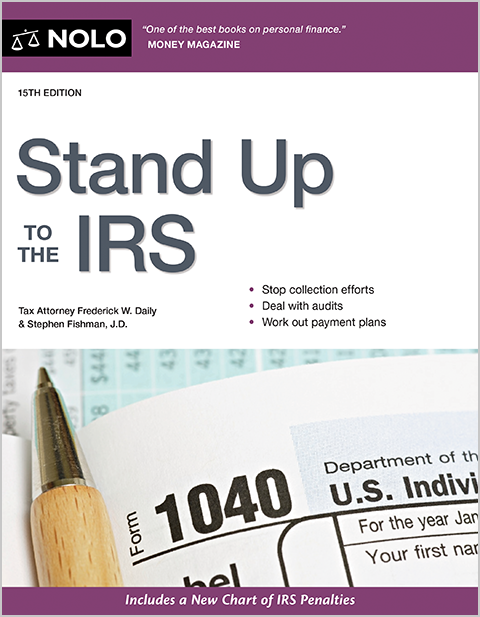Understanding some commonly-used abbreviations can help you when dealing with your taxes and the IRS.
The world of taxes is filled with abbreviations. Understanding some of the basic abbreviations commonly used will help you when dealing with tax professionals and the IRS.
AGI (Adjusted Gross Income)
AGI is your total income minus certain adjustments for items like moving expenses, health insurance payments by the self-employed, student loan interest, IRA contributions, and alimony. These adjustments are often called "above-the-line deductions," because they go before the line for AGI on your tax return. They can be claimed whether or not you itemize your deductions.
AGI is an important number because many personal itemized deductions are limited based on a percentage of AGI, including medical expenses and miscellaneous itemized deductions. In addition, many states base state income tax on AGI with certain deductions.
AMT (Alternate Minimum Tax)
The AMT is designed to force taxpayers to pay a minimum amount of tax, even if they'd be required to pay less, or no tax at all, under the regular tax system. The AMT operates parallel to the regular tax and sets a floor on total tax liability.
After calculating their regular income tax, middle- and upper-income taxpayers must add a number of "preference items" to their taxable income, subtract a special AMT exemption, and recalculate their tax according to the AMT tax schedule. If the tax under that schedule is higher than the regular income tax, taxpayers pay the difference as AMT.
EIN (Employer Identification Number)
An Employer Identification Number (EIN), also known as a Federal Tax Identification Number, is a nine-digit number used to identify a business entity for tax purposes. Businesses must obtain EINs if they have employees, operate corporations or partnerships, have Keogh Plans, or are involved with certain types of organizations (such as nonprofits).
EITC (Earned Income Tax Credit)
The earned income tax credit (EITC) is a refundable federal income tax credit for low to moderate income working individuals and families. Congress originally approved the tax credit legislation in 1975 in part to offset the burden of social security taxes and to provide an incentive to work.
When EITC exceeds the amount of taxes owed, it results in a tax refund to those who claim and qualify for the credit.
HSA (Health Savings Account)
An HSA is a special tax-advantaged savings account that can be established with a financial institution, such as a bank. Contributions to the account up to annual limits are deductible, while withdrawals for medical expenses are not taxable income.
Health Savings Accounts were created in 2003 so that individuals covered by high-deductible health plans could receive tax-preferred treatment of money saved for medical expenses. Generally, an adult who is covered by a high-deductible health plan (and has no other first-dollar coverage) may establish an HSA.
IRA (Individual Retirement Account)
An IRA is a trust or custodial account set up for the benefit of an individual or their beneficiaries. The trustee or custodian administers the account. The trustee can be a bank, mutual fund, brokerage firm, or other financial institution (such as an insurance company).
Contributions to IRAs, subject to annual limits, may be tax deductible. To learn more about IRAs, see Nolo's book, IRAs, 401(k)s & Other Retirement Plans.
MAGI (Modified Adjusted Gross Income)
AGI plus various deductions and exclusions, including:
- traditional IRA contributions that were deducted
- student loan interest amounts deducted
- tuition and fees deducted
- domestic production activities deducted
- foreign income or housing costs excluded
- adoption benefits from an employer
- foreign housing deduction, and
- savings bond interest excluded.
MAGI is used by the IRS to determine if a taxpayer is eligible to use certain deductions, credits, or retirement plans.
NOL (Net Operating Loss)
If your deductions for the year are more than your income for the year, you have a net operating loss (NOL). You can deduct an NOL from your income in past and/or future years.
A loss from operating a business is the most common reason for an NOL.
Talk to a Tax Attorney
Need a lawyer? Start here.
How it Works
- Briefly tell us about your case
- Provide your contact information
- Choose attorneys to contact you
- Briefly tell us about your case
- Provide your contact information
- Choose attorneys to contact you

